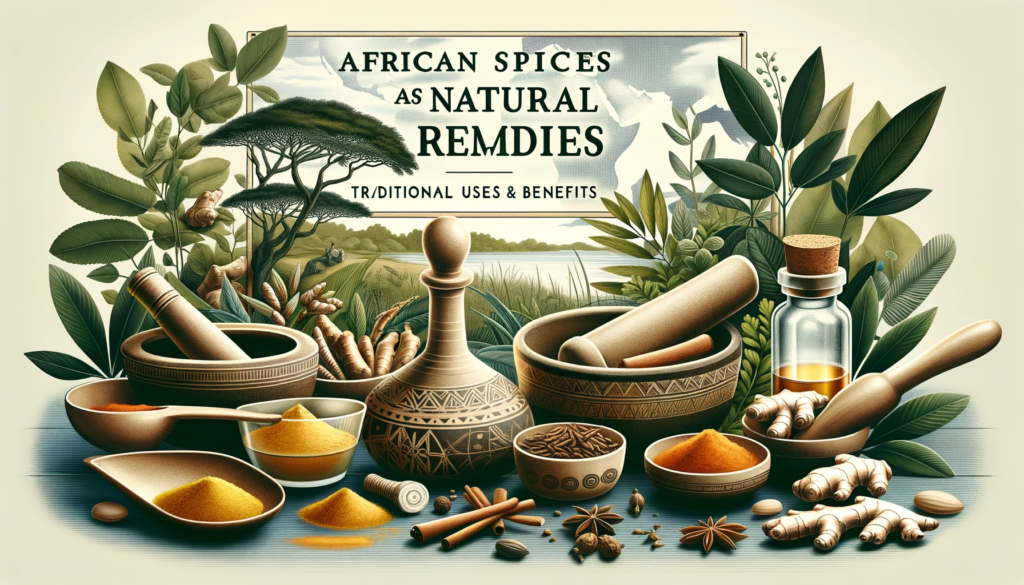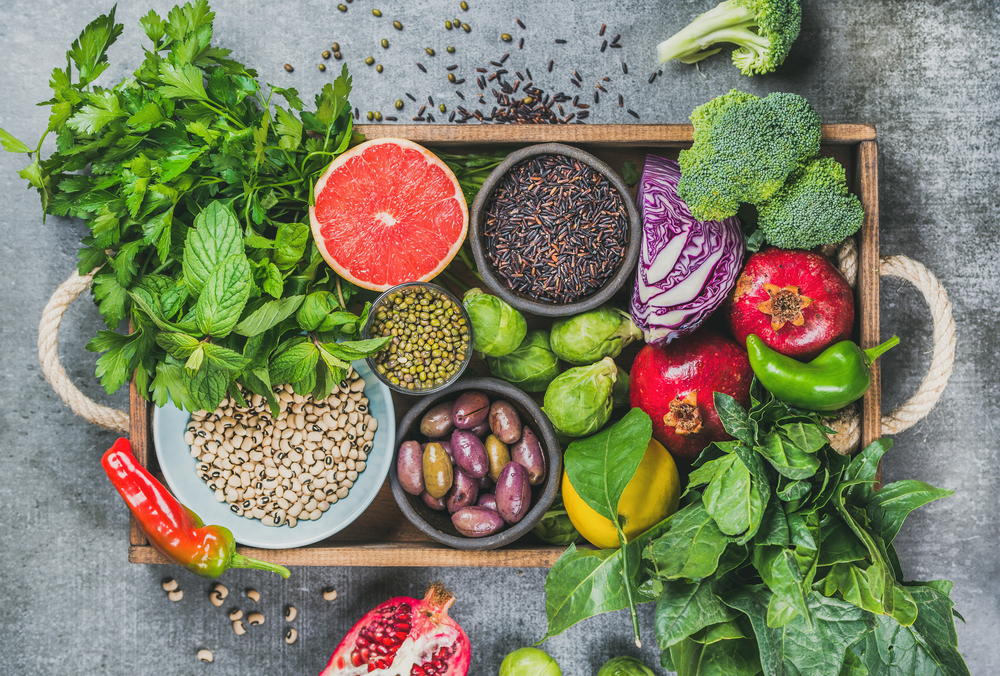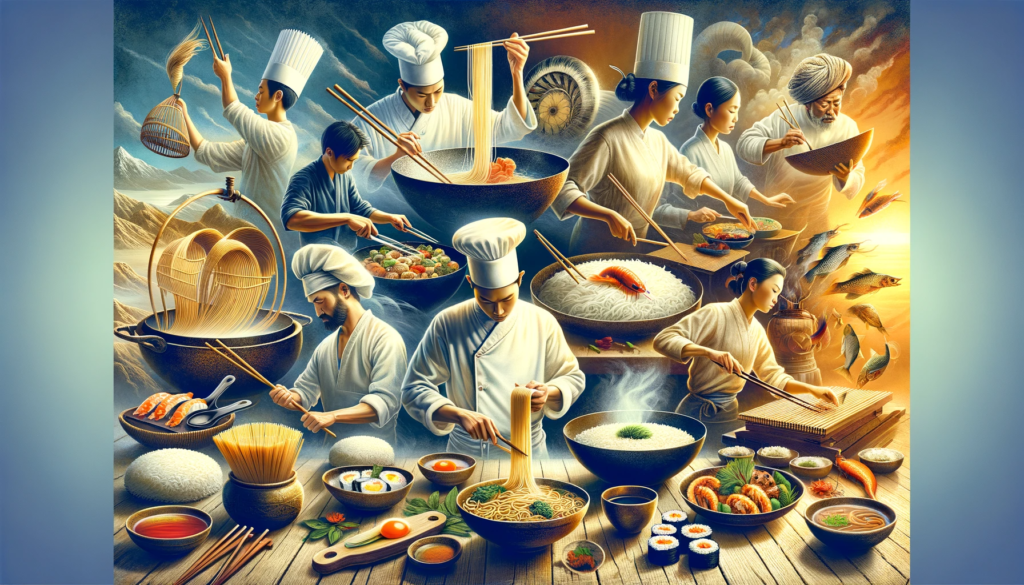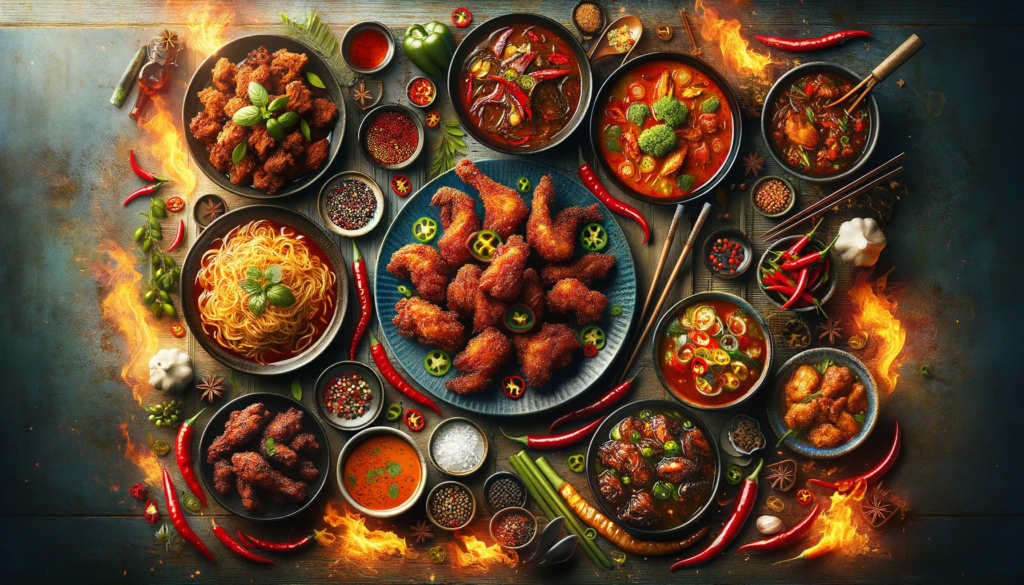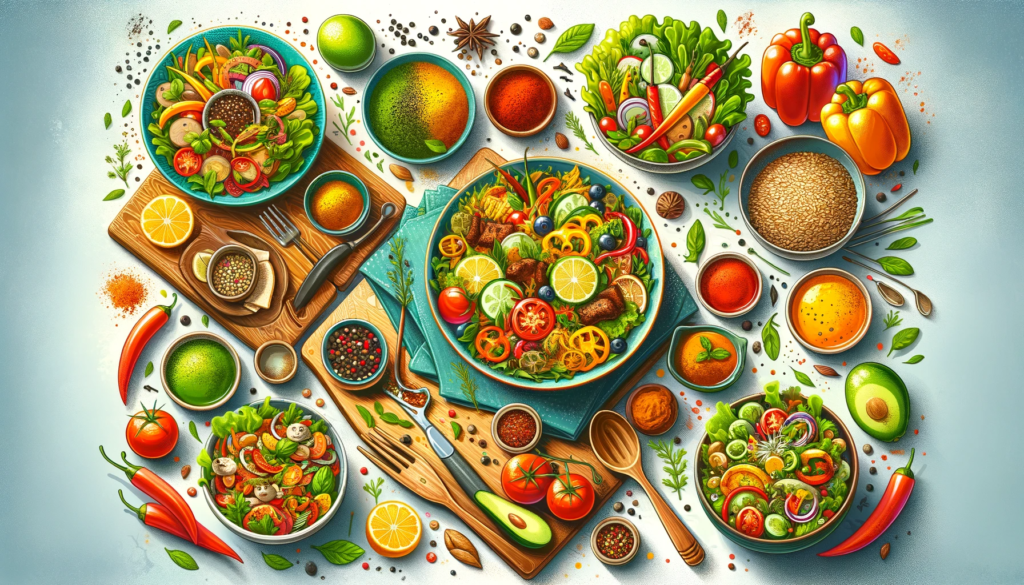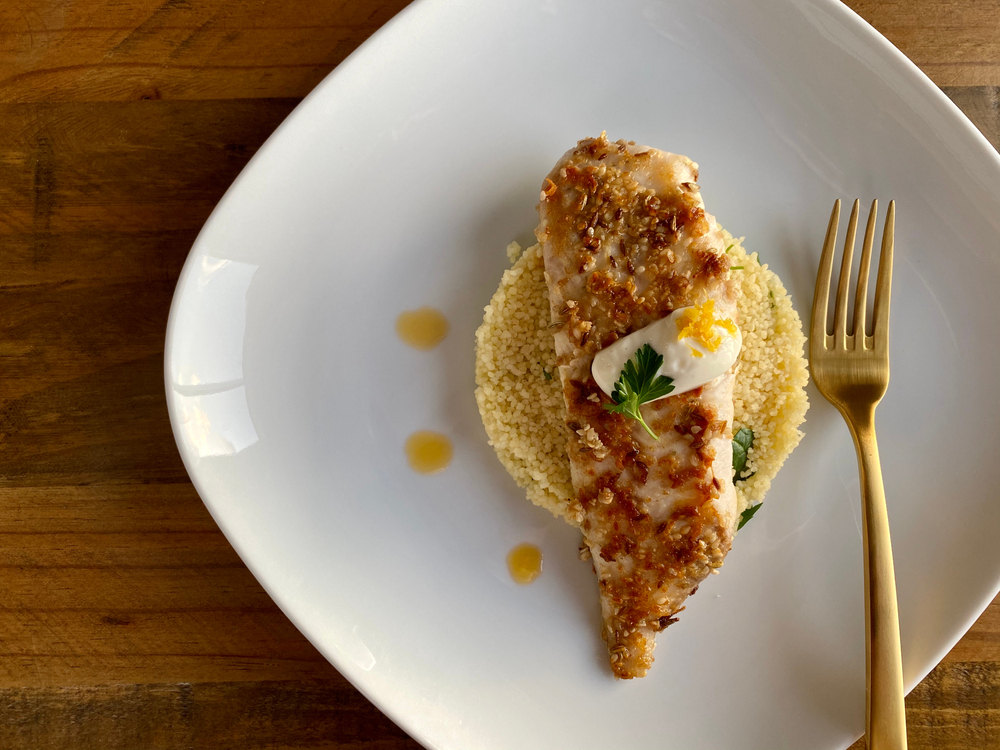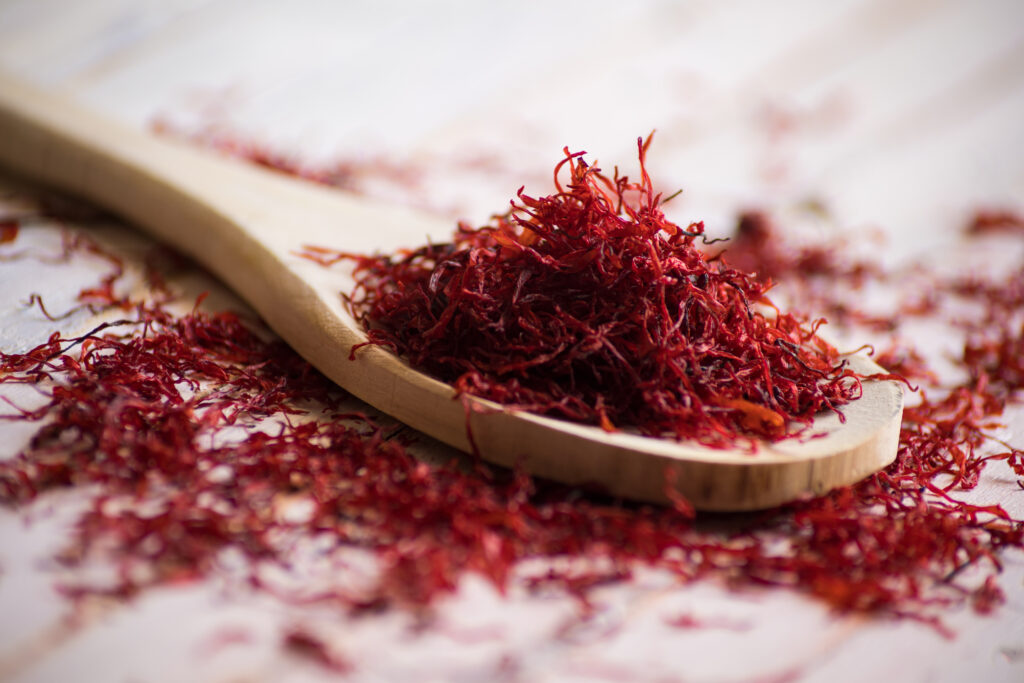Introduction to the Spice and Herb Palette of Oceania
The Diversity of Flavors in Oceanian Cuisine
Oceania’s gastronomy is a tapestry of flavors enriched by the diversity of its indigenous plant life. The archipelagos within this vast region, encompassing Australia, New Zealand, and the Pacific Islands, offer a unique set of spices and herbs that play a pivotal role in the character of their cuisines. The culinary use of these local ingredients extends beyond mere seasoning; they are a testament to Oceanian societies’ cultural identity and traditions. From powerful Australian bush spices to the aromatic offerings of Polynesian isles, every herb and spice carries a story, a tradition, and an invitation to explore the rich, uncharted territories of Oceanian flavors.
Essential Herbs and Spices of Oceania
Australian Bush Spices – Lemon Myrtle, Wattleseed, and More
Australian bush spices present a realm of flavors that are as exotic as the continent’s diverse ecosystems. With its potent citrus scent, Lemon Myrtle finds its way into teas, syrups, and desserts, infusing them with a refreshing aroma. Wattleseed, an ancient Aboriginal food, is known for its coffee, chocolate, and hazelnut notes, elevating pastries and bread with its complex profile. These native spices bring a distinctive flavor to the kitchen and carry a profound cultural significance, capturing the essence of Australia’s indigenous heritage and its connection to the land.
New Zealand’s Kawakawa and Horopito
The New Zealand bush hides treasures like Kawakawa and Horopito, the unsung heroes of Maori cuisine. Kawakawa leaves, identifiable by their heart shape and dotted holes, possess a piquant taste like pepper and basil, which add depth to traditional and innovative dishes. Horopito, with its ancient lineage and peppery flavor, offers an earthy kick to meats and stews. These herbs are more than just condiments in the Kiwi pantry; they are symbolic of the Maori’s sacred relationship with nature and the medicinal knowledge passed down through generations.
Polynesian Vanilla – A World-Renowned Delicacy
Polynesian vanilla, the star of global pastry and perfumery, is cultivated on the sun-drenched isles with great reverence. This delicate orchid’s beans undergo a labor-intensive process to produce the sweet, aromatic pods treasured in kitchens worldwide. The alluring fragrance of true Polynesian vanilla is unparalleled, lending sophistication to sweet dishes and transforming the ordinary into the extraordinary. Beyond its culinary applications, vanilla also plays a crucial role in the economic fabric of Polynesian communities, embodying the islands’ commitment to preserving their botanical heritage.
Fijian Turmeric and Other Island Spices
In Fiji, turmeric is a golden-hued cornerstone of cuisine and wellness. Known locally as tumeric, its brilliant color and spicy, earthy notes are common in Fijian curries, stews, and side dishes. This vibrant spice joins other island-grown marvels, such as white ginger, known for its intense aroma and piquancy. These spices not only add zest to the Fijian diet but are also integral to the traditional healing systems of the islands, reflecting a deep-rooted belief in nature’s curative powers and the bounty of the tropical climate.

Traditional Uses of Oceanian Herbs and Spices
Culinary Applications in Indigenous Dishes
Exploring the traditional cuisine of Oceania is a journey into the heart of its culture, where herbs and spices are the soul of the kitchen. These seasonings introduce authenticity to indigenous dishes, whether it be the earthy undertones of Australian bush spices in kangaroo stew or the fiery zest of Fijian turmeric in a lovo feast. In New Zealand, Maori culture celebrates the kawakawa leaf in hangi cooking, imparting a unique, herbaceous flavor to slow-cooked meats and vegetables. These age-old culinary practices offer a window into the lives and rituals of Oceanian ancestors, showcasing how deeply intertwined food, community, and land truly are.
Medicinal and Cultural Significance of Native Herbs
Oceanian herbs carry a dual significance—culinary and medicinal—that stretches back centuries. Indigenous populations have long harnessed the natural properties of these plants for their healing potential. The Australian Aboriginals utilized native vegetation such as Kakadu Plum and Tasmanian Pepperberry for their antioxidant and antiseptic benefits. Similarly, the roots and leaves of the kava plant, revered throughout Polynesia, are central to both traditional medicine and social ceremonies. The inherent value of these herbs extends beyond their flavor, contributing to the holistic health and well-being of Oceanian societies and serving as an embodiment of their deep spiritual connection with the environment.
Modern Culinary Innovations with Oceanian Spices
Contemporary Recipes Incorporating Traditional Flavors
The dynamic fusion of traditional Oceanian flavors with modern cuisine creates a compelling tapestry of taste. Talented chefs and culinary enthusiasts are increasingly drawing inspiration from the spice palettes of the Pacific to reinvent classic dishes. For instance, Australian lemon myrtle can bring a refreshing zing to a creamy panna cotta, while Polynesian vanilla’s nuanced notes elevate a simple creme brulee. The growth of the farm-to-table movement further encourages experimentation with native herbs and spices, enabling home cooks and professionals alike to craft masterpieces that pay homage to Oceania’s rich gastronomic legacy while pushing the boundaries of contemporary cooking.
Fusion Cuisine and the Global Influence of Oceanian Spices
The culinary world has welcomed Oceanian spices with open arms, and the rise of fusion cuisine has created a perfect platform for their global showcase. Pioneering chefs blend the robust flavors of island spices with various international culinary traditions, resulting in innovative dishes that transcend cultural borders. The versatility of these spices complements a myriad of ingredients, allowing them to star in diverse menus from high-end restaurants to food trucks. This gastronomic interplay not only enriches the world’s palate but also accentuates the significance of Oceania’s botanical offerings in today’s cosmopolitan food scene.
Growing and Harvesting Oceanian Spices and Herbs
Sustainable Practices in Spice Cultivation
The commitment to sustainable agriculture in Oceania has become the cornerstone of spice cultivation, deeply rooted in a profound respect for nature. As the demand for authentic Oceanian flavors grows, farmers and growers are increasingly adopting practices that ensure the longevity of the earth’s resources. Crop rotation, organic farming, and natural pest control are just a few strategies implemented to cultivate herbs and spices in harmony with the environment. This sustainable ethos secures the future of the spice trade and supports the indigenous populations and their wisdom in land stewardship, ensuring that the rich tapestry of Oceanian flavors remains vibrant for generations to come.
From Garden to Kitchen – Freshness in Oceanian Cooking
In Oceania, the age-old tradition of garden-to-kitchen cooking is alive and thriving. Home cooks, chefs, and food enthusiasts alike take pride in using the freshest herbs and spices harvested directly from their gardens or local communities. This practice of using home-grown seasonings ensures peak flavor and nutritional value, enhancing the authenticity of each dish. Whether it’s the peppery bite of Fijian turmeric fresh from the soil or the verdant aroma of just-picked New Zealand kawakawa, incorporating these fresh botanicals into cooking is a testament to the region’s love affair with its natural bounty and the importance of freshness in its culinary philosophy.
The Art of Blending Oceanian Spices and Herbs
Crafting Unique Spice Mixes for Diverse Flavors
Mastery of spice blending is an art form that taps into the essence of Oceania’s culinary diversity. Creating unique spice mixes allows flavors to meld and harmonize, capturing the region’s spirit in a jar. This could mean combining the lemony tang of myrtle with the nutty depth of wattleseed or perhaps creating a Polynesian potion of ground vanilla and tropical cinnamon. Each blend tells a story, continuing the legacy of Oceanian culinary traditions while infusing dishes with new life. Cooks may use these bespoke mixes to season meats, flavor marinades, or invigorate baked goods, demonstrating the transformative power of well-crafted spice mingling.
DIY Blends and Seasoning Tips
For those who adore a hands-on approach, creating DIY blends of Oceanian spices at home can be both rewarding and a gateway to personalized cooking. Starting with quality, whole spices is essential—as is understanding the notes each spice brings to the table. Toasting spices before grinding releases their oils and maximizes fragrance and potency. Embarking on the DIY journey allows enthusiasts to experiment with the intensity and balance of flavors, crafting proprietary blends that can elevate their everyday cooking. From simple duos to complex concoctions, these DIY seasoning tips unlock endless culinary possibilities and bring the rich tapestry of Oceanian flavors into home kitchens worldwide.
Exploring the Spice Markets of Oceania
A Guide to Finding and Selecting Spices and Herbs
For the gastronome and traveler alike, visiting Oceania’s vibrant spice markets is akin to a treasure hunt. The bustling lanes of these markets are fragrant with promise, overflowing with fresh herbs and jars of spices that beg to be discovered. Knowledge on what to look for, such as color vibrancy and aroma, can assist in selecting the highest-quality finds. Engaging with local vendors provides insights into the origins and uses of the spices and supports the regional economy. This guide encourages exploring the rich offerings of Oceanian markets and as an educational tool, ensuring that enthusiasts walk away with the finest ingredients to enrich their culinary endeavors.
Preserving the Rich Spice Heritage of Oceania
Efforts to Sustain and Promote Indigenous Flavors
Preserving the heritage of Oceanian flavors requires a concerted effort across communities, governments, and cultural groups. Initiatives to sustain indigenous knowledge through the conservation of native spice and herb species are gaining momentum. Documentation and education play crucial roles in this process, as they ensure that the culinary wisdom of Oceania’s ancestors is passed down to future generations. Additionally, endeavors to introduce these unique flavors to the international market not only celebrate Oceania’s gastronomic culture but also serve to protect its biodiversity. Collaborative efforts are thus the key to maintaining the rich spice heritage that characterizes Oceania’s past, present, and future.
How do you properly store Oceanian herbs and spices?
Maintaining the freshness of Oceanian herbs and spices is integral to preserving their potency and flavor. The best storage method is to keep them in airtight containers, away from heat, light, and moisture. Glass jars with tight-fitting lids are ideal as they prevent the spices from absorbing moisture and odors. Labeling each container with the date of purchase can also help track freshness. Consider purchasing a small grinder for whole spices, as freshly ground spices retain their flavor better than pre-ground options. Following these simple storage guidelines, you can ensure that your Oceanian seasonings stay vibrant and aromatic, ready to elevate your culinary creations.
What Are the Best Methods for Incorporating Oceanian Spices into Various Cuisines?
Oceanian spices can be artfully woven into a myriad of global cuisines, adding complexity and zest to any dish. To start, introduce them in moderation, as their unique flavors can be quite potent. Experiment with rubs or marinades for meats, or add a dash to sauces and dressings for a subtle infusion. Spices like lemon myrtle or Fijian turmeric can be sprinkled over roasted vegetables for an exotic twist. Additionally, consider traditional pairing recommendations—such as using Polynesian vanilla in dessert recipes or wattleseed in coffee-flavored dishes—to ensure a complementary flavor profile. Exploring different combinations and techniques will open up a world of culinary diversity with Oceanian spices at the heart of innovation.
Are Oceanian Spices and Herbs Beneficial for Health?
Beyond their culinary value, many Oceanian spices and herbs are celebrated for their health benefits. For instance, the Australian bush tomato is rich in vitamins and minerals, while kava from the Pacific Islands is known for its calming properties. Lemon myrtle, apart from its enticing citrusy scent, boasts antimicrobial and antifungal qualities. These native plants have been utilized in traditional medicine for generations, and modern research continues to explore their potential wellness advantages. Incorporating these natural seasonings into one’s diet can contribute to a nutritious lifestyle, enhancing both the flavor of your meals and your overall well-being.
What Makes Oceanian Herbs and Spices Unique in the World of Flavors?
The uniqueness of Oceanian herbs and spices stems from the region’s diverse ecosystems and the cultural heritage embedded within its culinary practices. Native spices like wattleseed, with its complex flavor profile, and the peppery undertones of New Zealand’s horopito are unrivaled in their authenticity. The rare climates and soil compositions of the islands cultivate distinctive characteristics in these botanicals, which often cannot be replicated elsewhere. Additionally, many Oceanian spices carry stories and rituals, making them more than just ingredients; they are treasured pieces of a cultural mosaic that enliven dishes with history and tradition. These factors combined forge an inimitable chapter in the global anthology of flavors.
Can These Spices Be Grown Outside Oceania?
While Oceanian herbs and spices are deeply connected to their native habitats, some can be cultivated in similar climates or under controlled conditions outside the region. Polynesian vanilla, for instance, requires a tropical environment and careful hand-pollination to thrive, making it a challenge but not impossible to grow elsewhere. Herbs like lemon myrtle may be adaptable to home gardens in areas with mild, frost-free climates. However, the true essence and potency of these spices are often best expressed in their indigenous lands, where traditional knowledge and optimal growing conditions converge to produce the remarkable flavors that characterize Oceania’s spice heritage.





